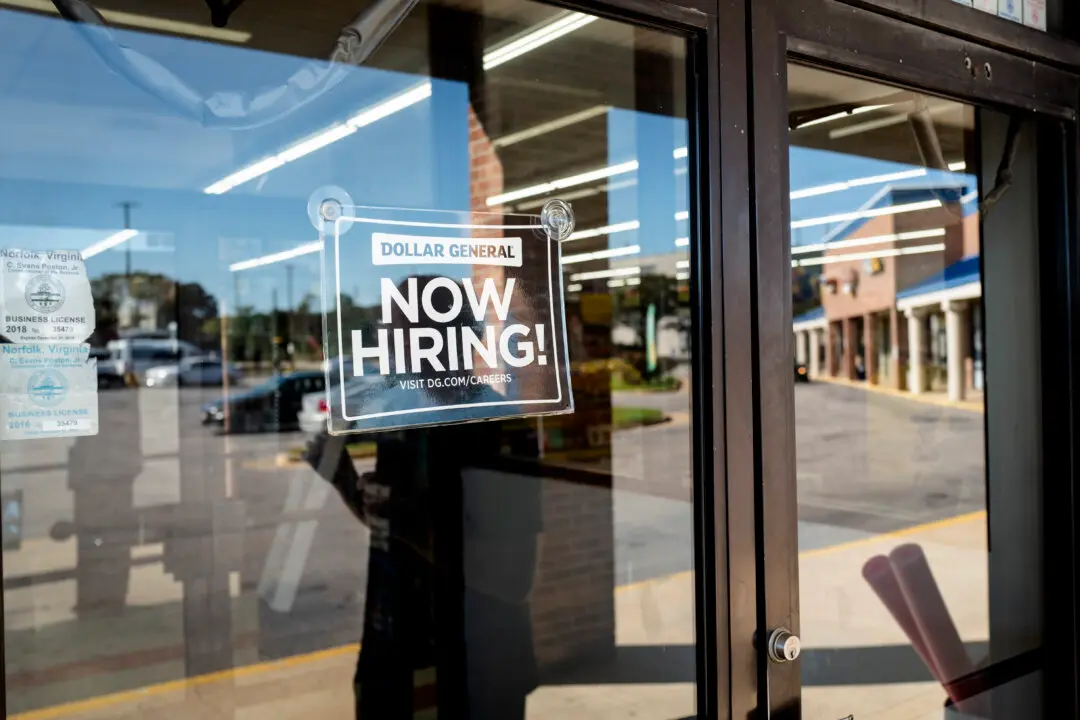President Joe Biden and the Democrats claim that the breakthrough Inflation Reduction Act (IRA) of 2022 is a landmark bill that will fight inflation, trim the federal deficit, and support the growth-generating green economy.
The bill proposes a 15 percent corporate minimum tax rate, Affordable Care Act (ACA) subsidy extensions, prescription drug price reform, green energy investments, and closure of the carried interest loophole. Democrats project that it will raise $739 billion in new revenue, create $370 billion in spending on energy and climate change, and slash $300 billion in the federal deficit.





